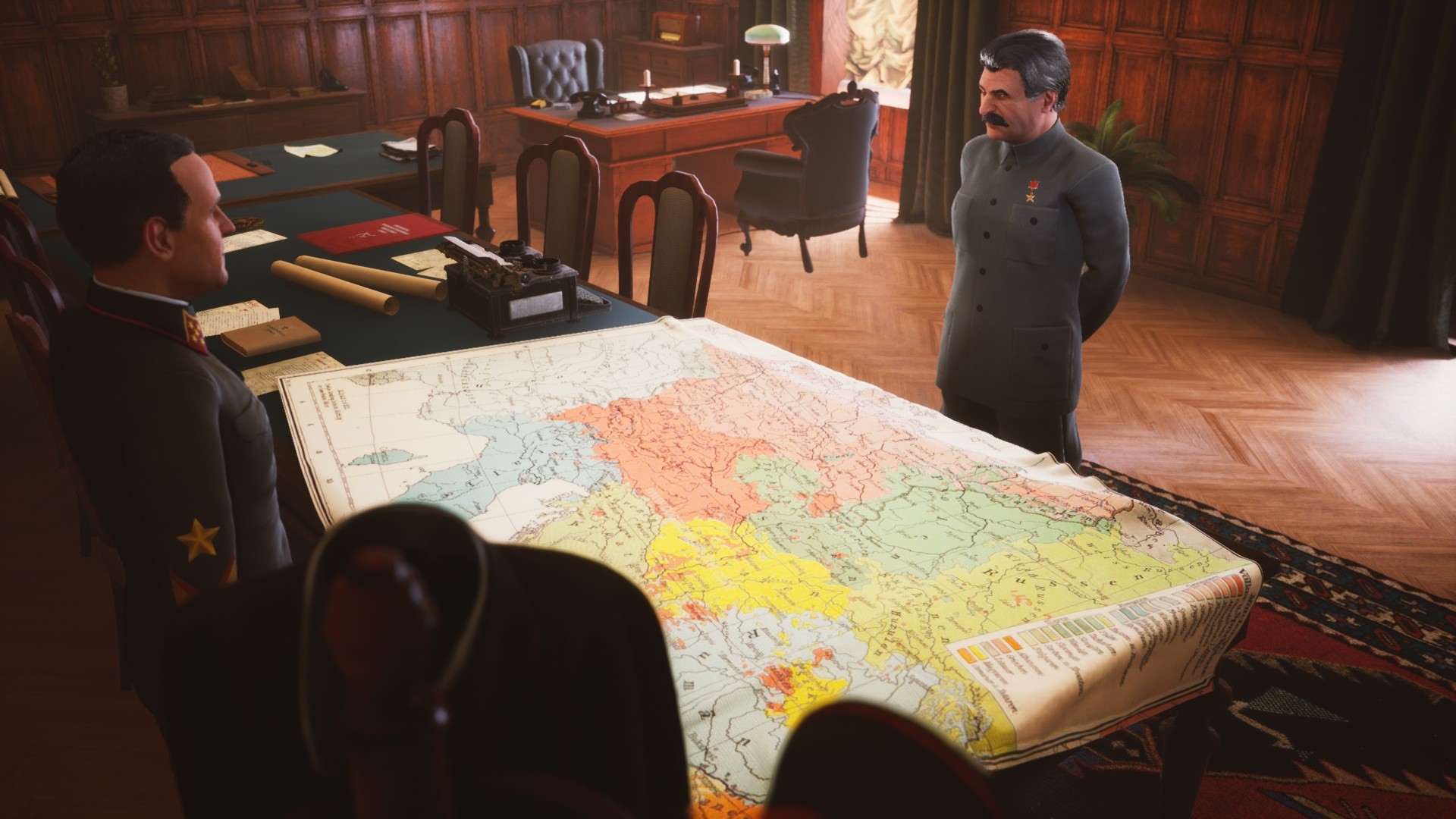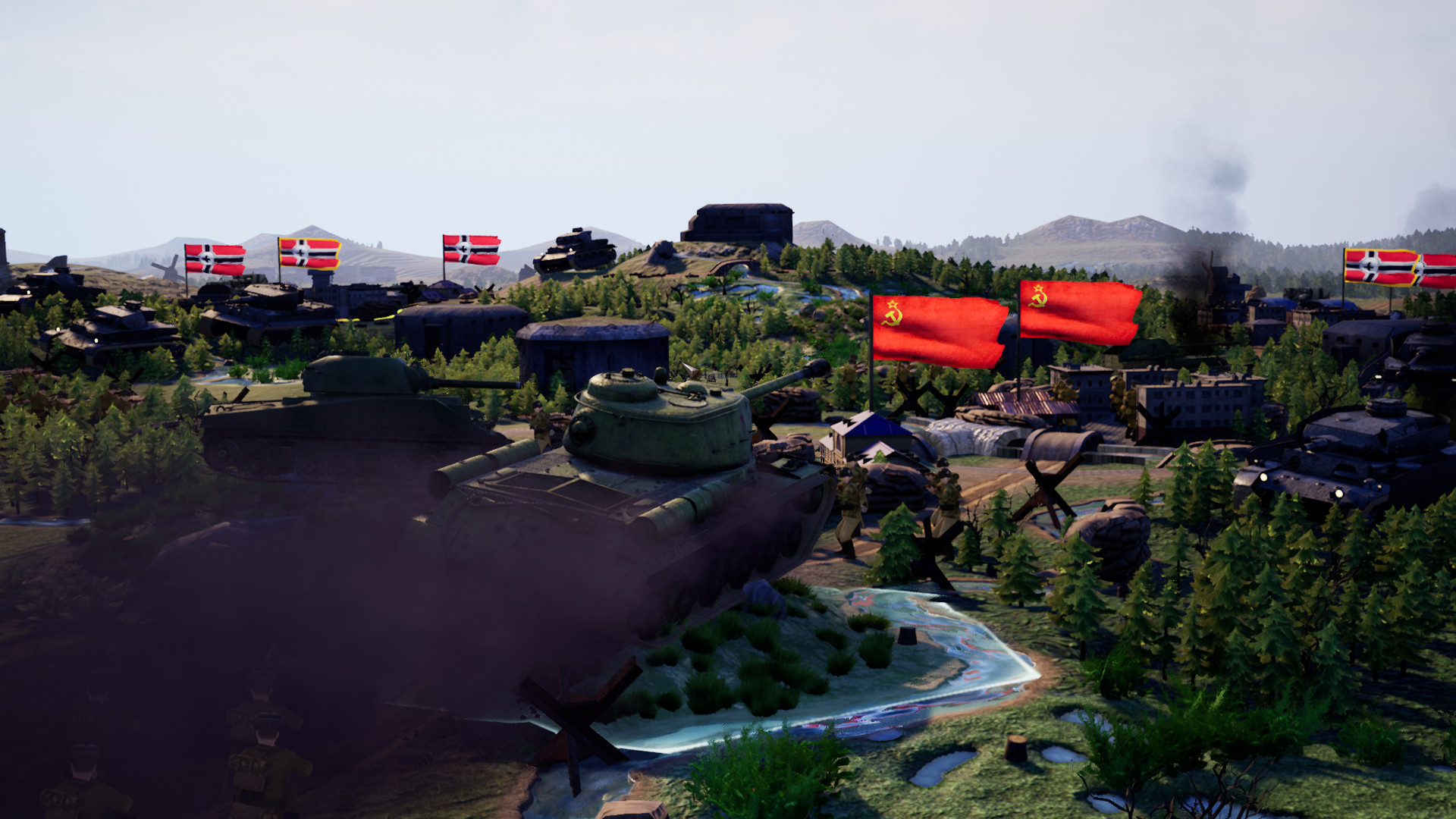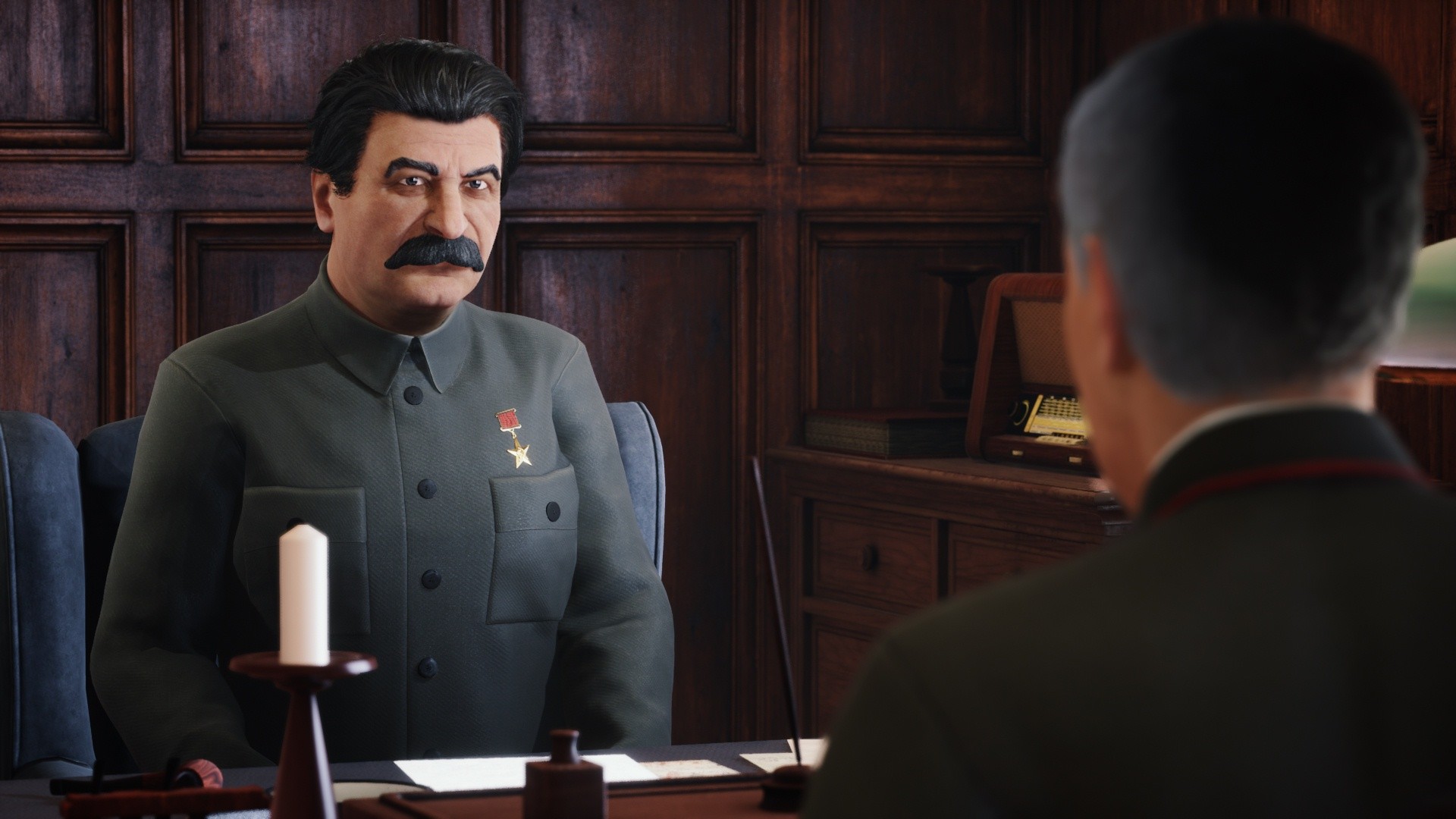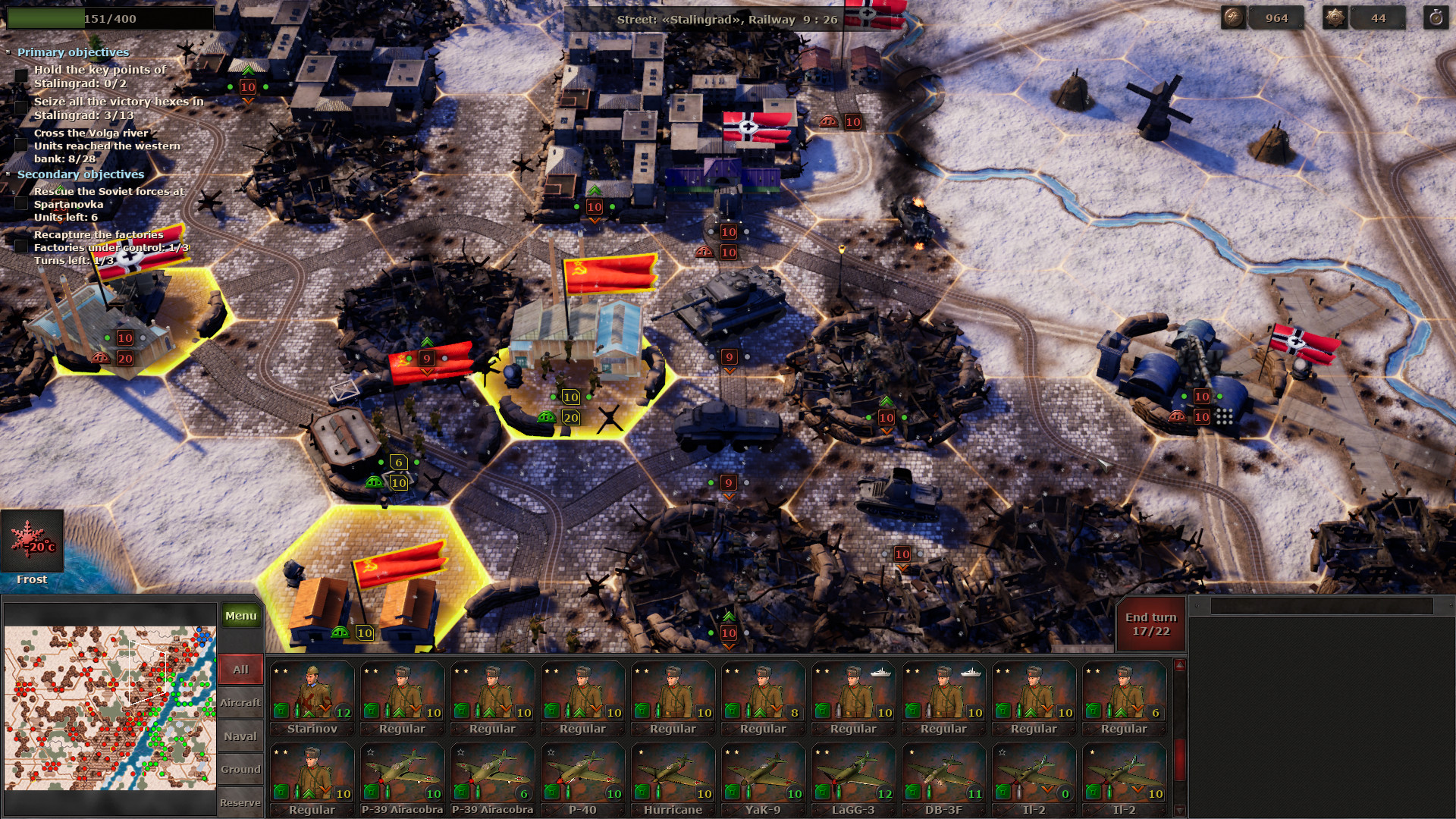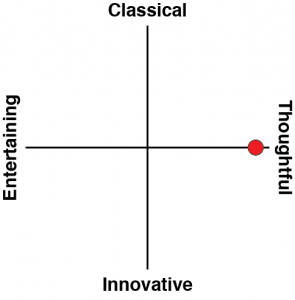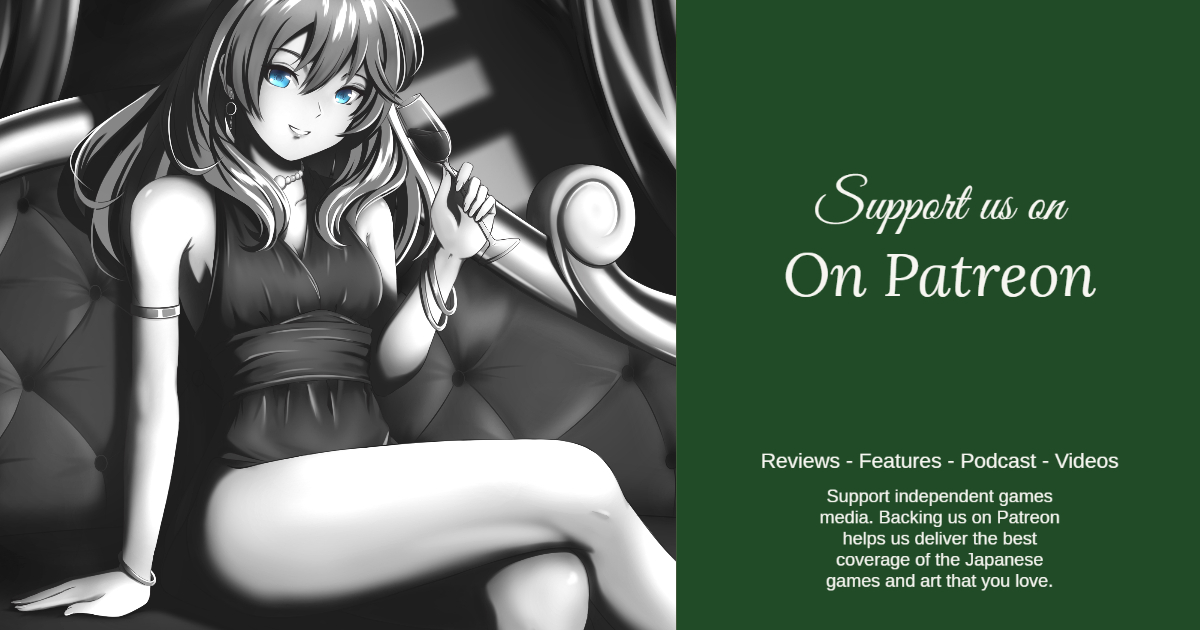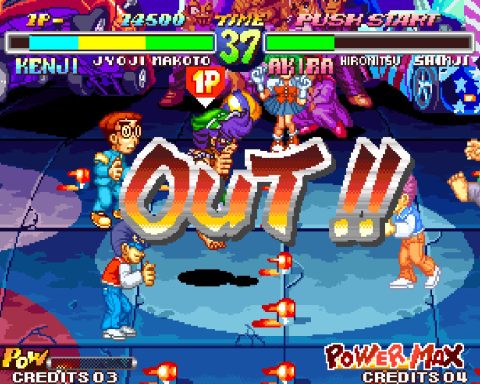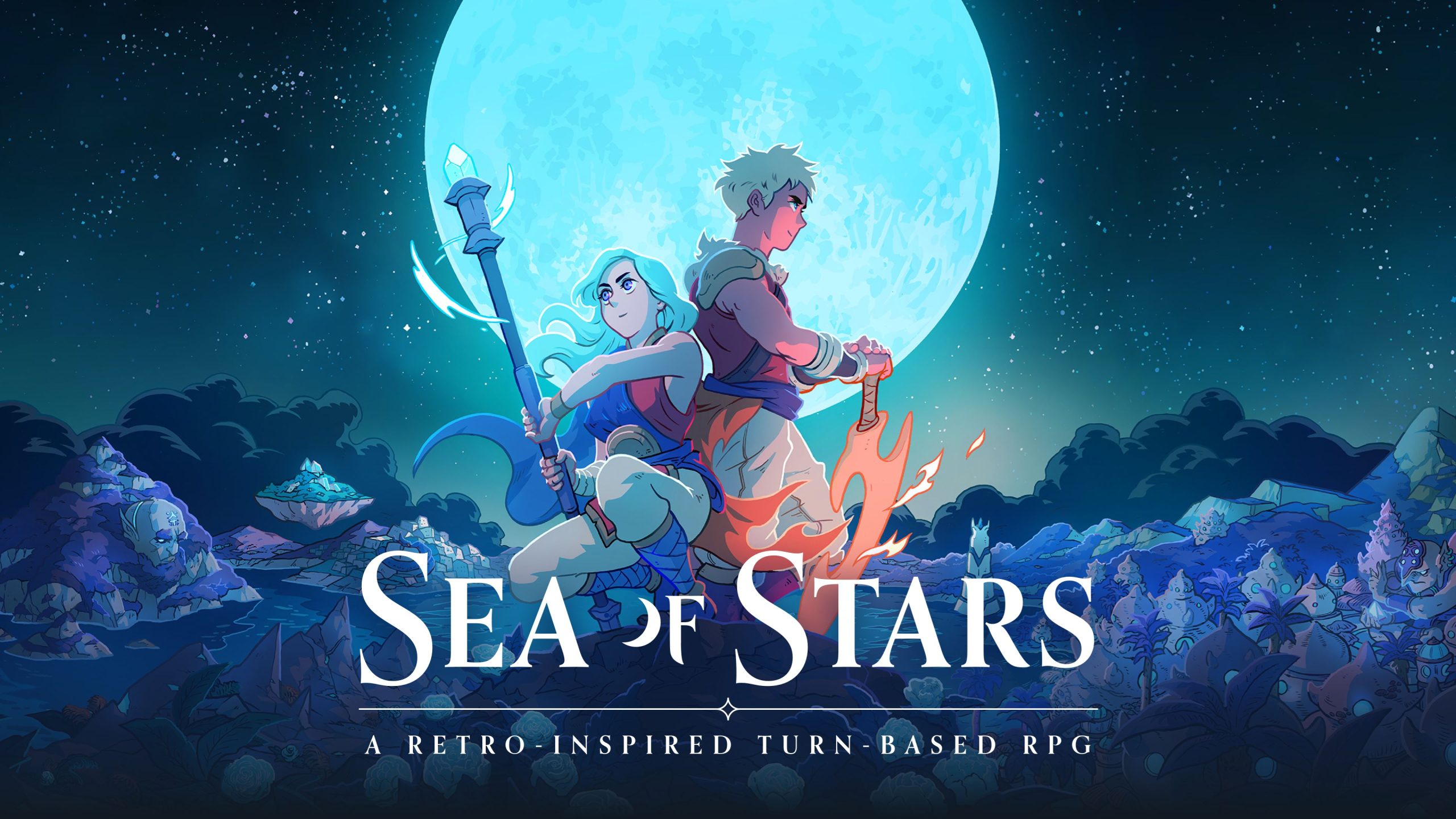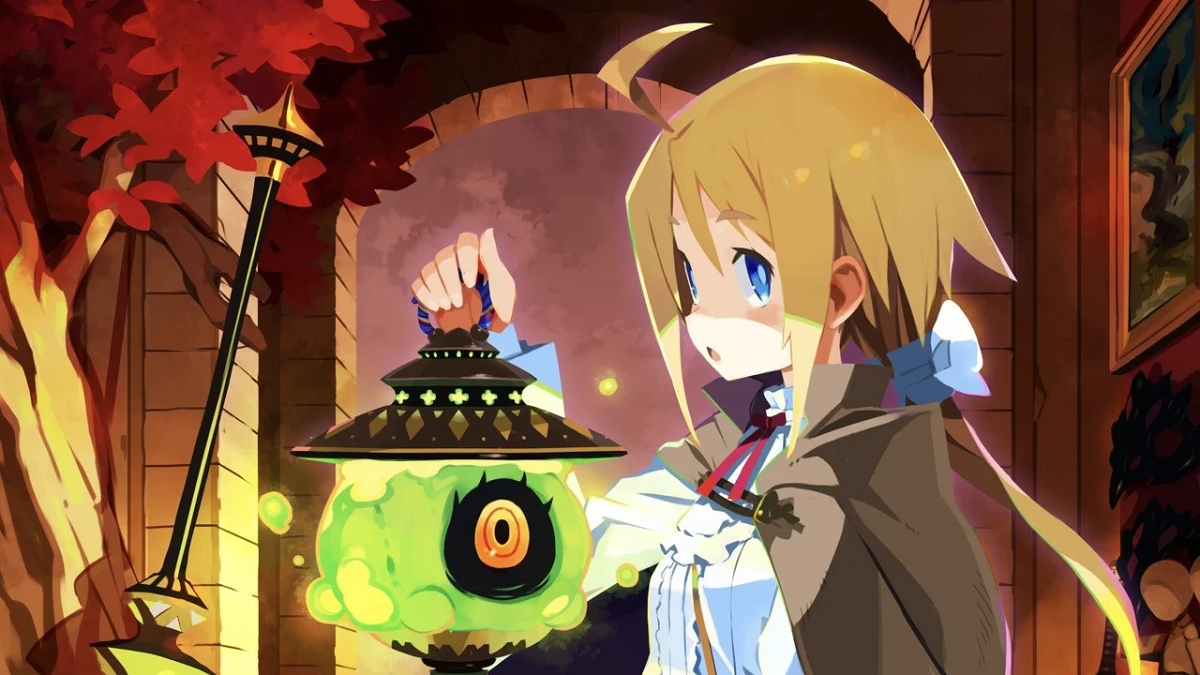We don’t hear as much about the Eastern Front during World War 2. This is, of course, largely because the heroes of the piece were Soviets. Anything that could be perceived as lionising the heroics of Soviets doesn’t play well with the West’s official propaganda line on what happened during that war.
(Also if people knew too much about what the Soviets did during World War 2, and then looked at what was going on after they finished up with Europe and were preparing to enter the ongoing conflict in the Pacific, they might start asking inconvenient questions about the real purpose of those nuclear bombs…).
Nonetheless, for all the efforts to minimise the role played by the Soviets, history is history. In reality, the Soviets’ efforts on the Eastern front turned the war around. They bought that distinction dearly, with some ten million military deaths and 14 million more civilian deaths (roughly about 24 times what England and America lost, combined), but if you do believe that fighting the Nazis was a noble, heroic thing to do (and, yes, yes it was), then, yeah, the Soviets were heroes. And at the very least their stories should be made available via video games and whatever in the same way that we immortalise the Western efforts.
Strategic Mind: Spectre of Communism is a decent effort at telling some of these stories. Immediately it is apparent that the team did take the history side of things really seriously, meticulously recreating each of the historical battlefields so as to present an authentic picture of what occurred on each. Events don’t actually start in Europe, but rather in Mongolia, where the Soviets, in support of the Mongol army, successfully held back several Japanese attempts to push beyond Manchuria. These were the battles of Khalkhin Gol (named after the river in the area), and it’s appropriate that this is the first battle of the game for several reasons. Firstly, before the war had even broken out in Europe, this battle set the scene for the Pacific conflict. It put a hold on Japan’s plans to move into Soviet territories first (with the goal of capturing resource-rich Siberia), and instead focus on South-East Asian expansion, which ultimately led to Pearl Harbour.
It also established the Soviet’s dominance in the area and meant that Japan and the Soviets held an unsteady peace until 1945, when the Soviets were finally able to enter the Pacific conflict without the risk of fighting on two fronts (and, again, suspiciously close to when America decided to drop the nuclear bombs). So, as an example of a key conflict early in WW2 history, it makes sense to kick the game off with this battle.
The other reason it’s appropriate is that it’s a little-known battle in the West. The top article when you search for it in Google is titled “The Forgotten Soviet-Japanese War of 1939″). It makes sense, again, from a propaganda perspective that the West would want to “forget” this battle, since it directly contradicts the position that the Americans and Australians hold that Western democracies were the only “good guys” fighting in the region. And so, as I said at the start, the existence of this game is valuable because it does, in effect, question the official narrative of this war by presenting an alternative, but authentic, perspective on events.
Following that first battle, the setting shifts towards Europe, with Poland (where the Russians didn’t fare so well at first) being the second battle. At this point, the Soviets and Nazis had a tentative pact, but as this battle makes clear, a true alliance it was not (Western propaganda likes to claim that Hitler and Stalin would have basically been golfing together in peacetime). Naturally, the monumental battle of Moscow is also there – and appropriately large and terrifying in scale. And the game also then indulges in some “what if” scenarios, which paint a picture of a world that would come to be dominated by socialism rather than Western capitalism. The chain of thought that leads to these hypotheticals does show a solid understanding of the history and context of the era, and it’s nice to see game developers taking hypothetical scenarios seriously, rather than just as an excuse to throw the Soviet Union into the Emu Wars, or something similarly random and nonsense.
It’s worthwhile to understand that this game does try to be quite dry in its authenticity and research, too, rather than act as a piece of propaganda itself. It pulls no punches in referencing the various purges that went on in the Soviet Union. Furthermore, and this contrasts greatly with the way Western game developers depict Reagan in an almost masturbatory tone, Strategic Mind fully acknowledges that Stalin was anything but a paragon of virtue. In so many ways this game presents a historically nuanced and non-hyperbolic view of World War 2, and it’s the most impressive game I’ve played from that perspective in quite some time.
What Strategic Mind gets very wrong is the presentation. I could handle the art direction being ugly (because it is), or the visuals being so muddy on PlayStation 5 that it can be tough to even spot half of your troops at times (the infantry, especially, are a pain to track down). These are inconveniences more than anything critical. What really bugs me, though, is that for a game that is so reliant on storytelling and boasts about having 60 minutes worth of cut scenes, the fact that these cut scenes all look like one of those badly animated DVD games from a few decades ago undermines the serious and sober tone the developers are trying to set. I know that the team was probably struggling with their budget to produce something like this, but they really should have tried to find another way to convey the story than take a crack at fully animated cut scenes.
It’s also downright painful to play thanks to the user interface. It took me a solid three battles to figure out why the cursor would occasionally jump to the other side of the screen. In addition, I couldn’t always select the unit that I wanted to actually command or attack. A complete lack of adequate tutorials also meant that the first time I played, all my planes crashed because I didn’t realise that you had to select a menu item to land them on an airfield, rather than just do what the intuitive thing to do would be and automatically land them when a plane is directed to an airfield tile.
By the time I got to the third of four battles, I was much more comfortable with how the game plays, but still, between this and the true ugliness of the art, Strategic Mind does not make a good first impression. Even later, while it does become more playable, you spend far too much time dealing with the interface for it to ever be enjoyable. Between battles, you need to struggle through poorly-designed menus so you can level up your forces and improve their equipment. In battle, you’re working with a hardcore tactical strategy game that has a lot of data and details to sort through. It’s an effort to do a higher production value grognard, and I certainly appreciate that, but the information is so fundamentally poorly presented and unpleasant to look at that you’ll never have that at-a-glance look at the data that the developers have undermined their own ambitions there.
It’s just as well for the game that it does give us a relatively fresh look at World War 2, and some strategically interesting battles that we just don’t often get to flex our strategic minds with, because the presentation of it would make it hard to stomach otherwise. Thankfully, presentation aside, Strategic Mind: Spectre of Communism is impressive in the way it presents history, the depth of the tactics offered, and the selection of battles that we get to play through.
